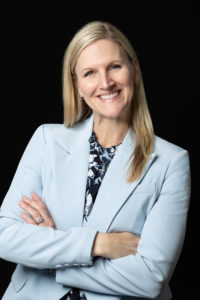Building success and a sense of community with nontraditional solutions
 Bio: Charla Gervers brings over two decades of experience to her role as senior vice president of sales for J.Hilburn, a leading custom-made menswear brand in the direct sales industry. With a proven track record of success as a senior leader in the sales, marketing and personal development arenas, she has led success across numerous product categories, including nutrition, skin care/beauty, energy, travel services, and girls’ and women’s apparel. Her most recent prior roles include serving as chief sales officer at Matilda Jane/Good Hart and vice president of field development at Scout & Cellar. Gervers’ passion is inspiring leaders around the world to live full out and go get the life of their dreams.
Bio: Charla Gervers brings over two decades of experience to her role as senior vice president of sales for J.Hilburn, a leading custom-made menswear brand in the direct sales industry. With a proven track record of success as a senior leader in the sales, marketing and personal development arenas, she has led success across numerous product categories, including nutrition, skin care/beauty, energy, travel services, and girls’ and women’s apparel. Her most recent prior roles include serving as chief sales officer at Matilda Jane/Good Hart and vice president of field development at Scout & Cellar. Gervers’ passion is inspiring leaders around the world to live full out and go get the life of their dreams.
SSN: You have a reputation for creating nontraditional solutions in terms of finding new ways to profit, to approach training, etc. Why is the strategy of thinking differently important, and how does it give companies an edge?
This content is restricted to site members. If you are an existing user, please log in. New users may register below.


